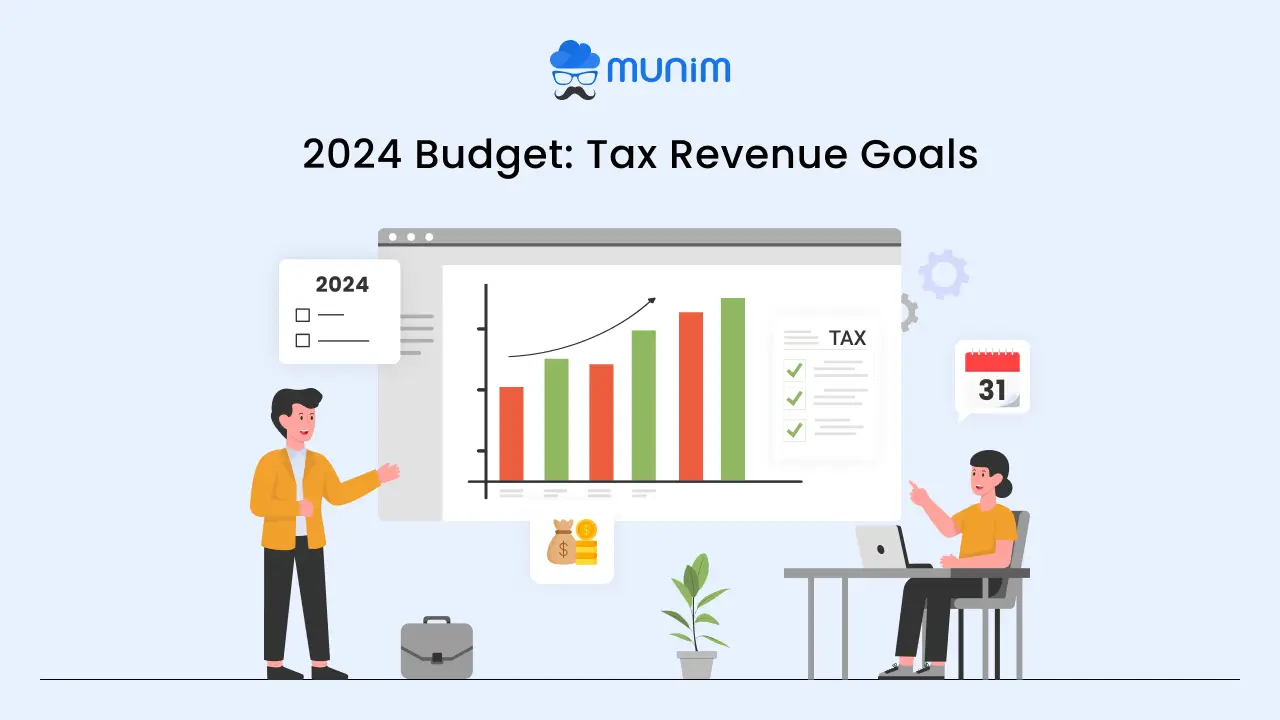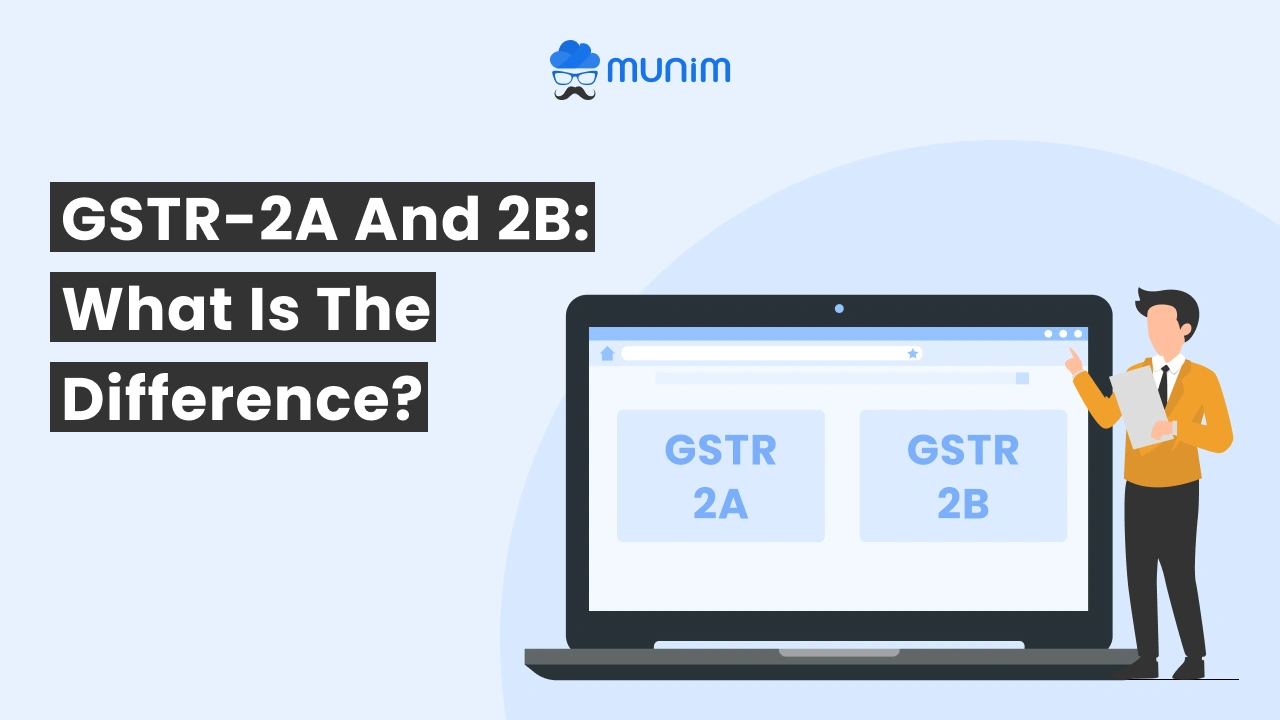Will Budget 2025 Set Modest Tax Revenue Goals for FY-26?

With the budget set for February 1st, 2025 in mind the government is carefully planning its fiscal strategy for the fiscal year 2026. The main focus is on the expected increase of 9–11% in tax revenue, which aims to give the government flexibility to adapt to the challenges presented by global economic circumstances.
Here is the Update that You Should Know About Budget 2025!
Growth in Tax Revenue: The government is anticipating a slight growth in net tax revenue for the fiscal year 2026 of 9–11%, notwithstanding the current unpredictability. According to current estimates, the planned figure was Rs. 23.3 lakh crore; however, as per the statistics, the net tax income for the fiscal year might be between Rs 25 and Rs 26 lakh crore.
Excise Duty Shortfall Estimates: Statistics show that there will be a drop of approximately Rs 45,000 crore in collections of excise duty, it as different to the total budgeted sum of Rs 3.39 lakh crore. Looking ahead to the year, the excise duty target has been set at Rs 3 lakh crore, indicating a cautious approach towards revenue forecasting.
Modest Tax Targets for Fiscal Year 2025: In the year officials are expecting a conservative goal, for net revenue receipts. This is influenced, in part by the base of the two years when tax receipts surpassed revised estimates.
Gross Tax Revenue Goals: The government sets ambitious gross tax revenue goals at Rs 33.6 lakh crore for FY26, with state devolution expected to contribute Rs 10.2 lakh crore. Post devolution, the Centre’s net tax receipt is projected to reach Rs 23.30 lakh crore, marking an 11.7% increase over the revised estimate in FY23.
Independent Assessments: Some independent assessments, including Goldman Sachs, forecast more substantial tax surges, projecting a 15% growth in income taxes and corporate tax, along with an 11% increase in GST for FY26.
Understated aims for budgetary Flexibility: It is a smart move to set low tax aims that allow for budgetary flexibility should collections exceed projections. Officials say it’s wise to maintain modest projections, particularly in light of the ongoing global crisis.
Let’s Conclude
Net direct tax receipts in India increased significantly as of January 10, hitting Rs 14.7 lakh billion, a noteworthy 19.4% rise over the same period in FY24. This performance highlights the economy’s resiliency during difficult times, accounting for more than 80% of the budgeted direct tax target of Rs 18.22 lakh crore. The upcoming budget seeks to balance the possibility of economic recovery with prudent fiscal measures, all in line with the overarching objective of guiding the country through uncertain times.
FAQs
1. What are the estimates in Budget 2025?
- In the current fiscal year (2025–26), the government intends to meet a 5.9% GDP target for fiscal deficit. Still, a few analysts predict a little divergence, with the shortfall perhaps reaching 6%.
- Excluding borrowings, total income for the current year is expected to be ₹27.2 lakh crore.
- An estimated ₹45 lakh crore would be spent overall.
- It is anticipated that there will be ₹23.3 lakh crore in net tax revenue.
2. What does an interim budget mean?
Due to the postponed 2025 Lok Sabha elections, the administration will only publish an interim budget on February 1st rather than the entire budget. This interim budget will only pay for costs for the first few months of the fiscal year (April through June) until the next administration enters office. In July 2025, the incoming administration is anticipated to unveil the full year’s budget.
3. What are the changes done in fiscal year 2026?
It’s still too early to determine with certainty what modifications will be made in the fiscal year 2026, much like with the estimates for Budget 2025. The areas of focus might include social welfare programs, architectural development, and budgetary consolidation.
4. What are the goals of Budget 2025?
The Finance Minister will formally unveil Budget 2025’s objectives when they submit the interim budget on February 1st. On the other hand, given current economic priorities and government declarations, some possible objectives would be:
Increasing economic growth: Through initiatives like greater infrastructure expenditure, tax reforms, and support for homegrown manufacturing, the government may seek to increase GDP growth.
Inflation control: Recently, there has been much concern about inflation. To combat it, the government may implement policies like monitoring food supply chains and setting gasoline prices.
Employment creation: This will probably be a major area of concentration, particularly for young people. Programs promoting entrepreneurship, skill development, and assistance for labor-intensive enterprises may be introduced by the government.






